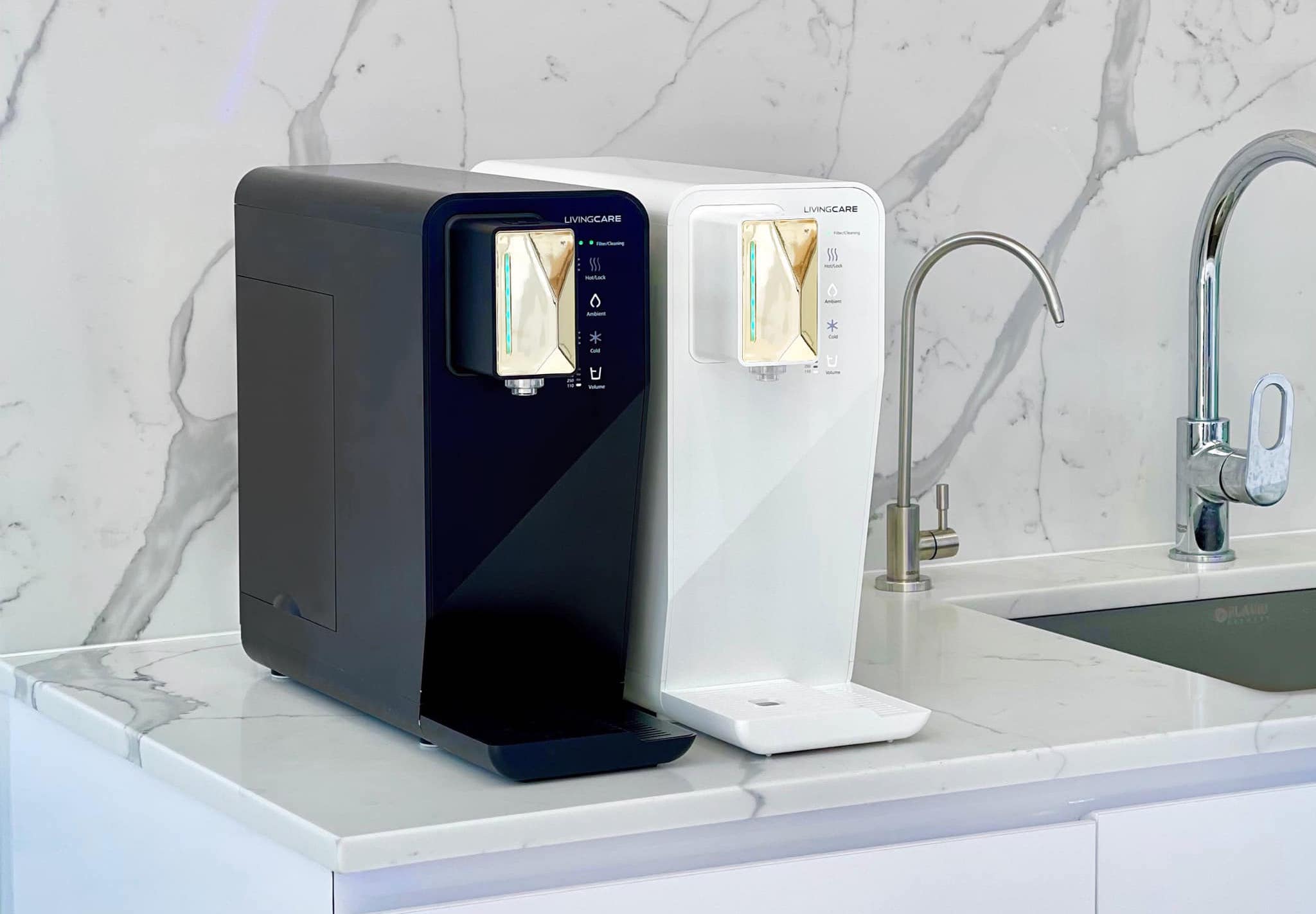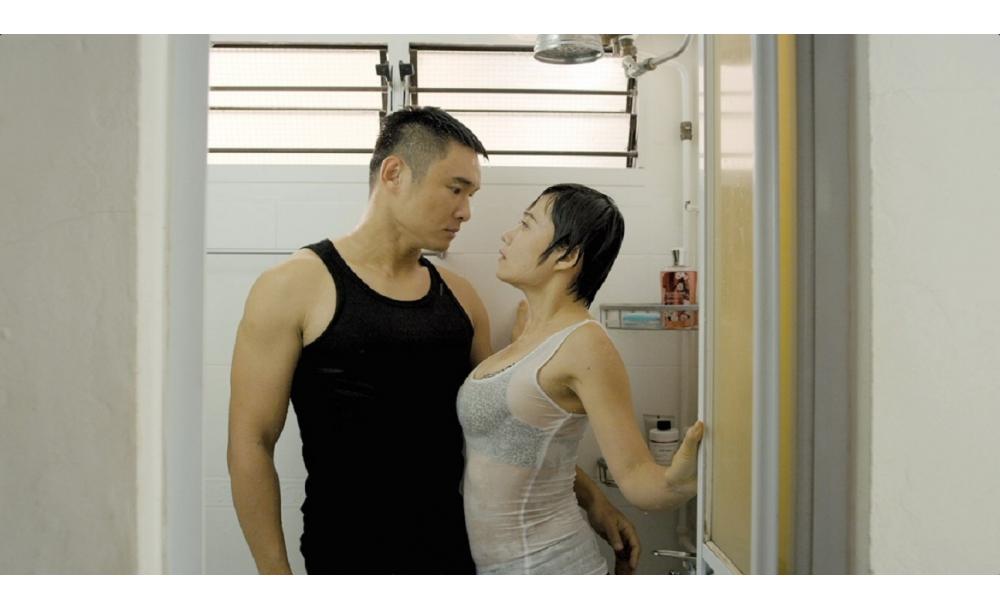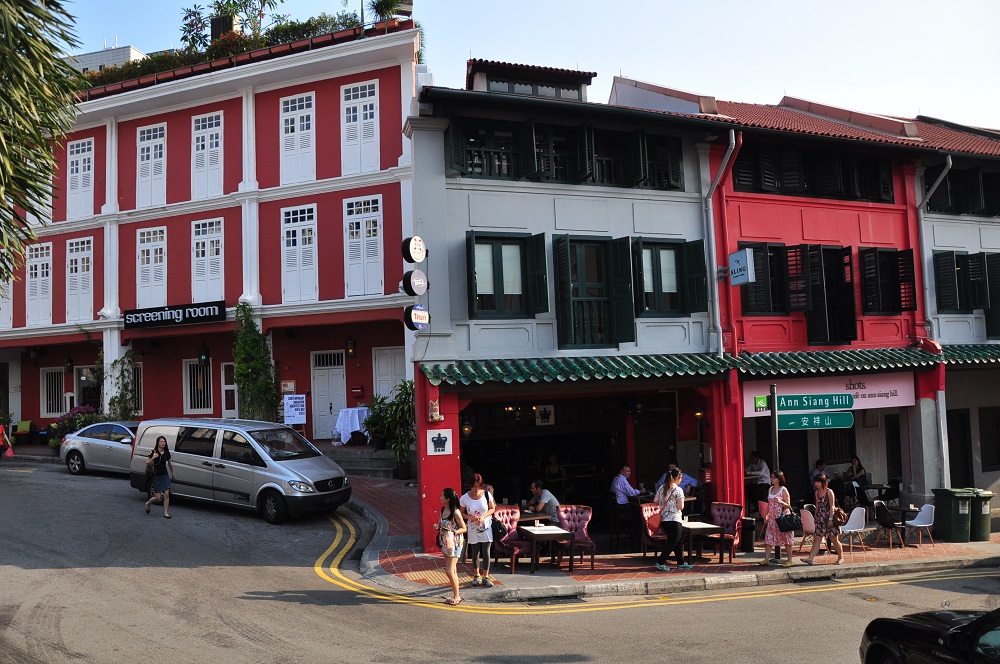To learn about the basics and techniques of wet-plate photography, one might have to scroll through pages of Google search results. Or perhaps, take a trip down to Hip Xiong Photo Studio to find its founder, Ryan Lee, now likely Singapore’s go-to expert on the photography process that originated in 1851.
The photo studio at 480 Geylang Road is Singapore’s only tintype portrait studio. Through the use of modern equipment and refined techniques, Lee revives the charm of a medium that predates film—blurring the lines between alchemy and photography.

Hip Xiong Photo Studio gets its name from the Hokkien term, hip xiong, which translates to “take picture”. (Credit: Hip Xiong Photo Studio’s Facebook page)
In case you were wondering, the collodion process is an early photographic method. Besides the use of a darkroom, the analog medium requires photographic materials to be coated, sensitised, exposed and developed—all within the span of about 15mins. Time is of the essence.
And at Hip Xiong Photo Studio, Lee carefully curates experiences in which locals can enjoy photography and preserve a piece of history.
That’s also why it is more than just a place for pretty pictures. Hip Xiong’s very existence is a peek into the 1850s and a preservation of a historic image-making technique.
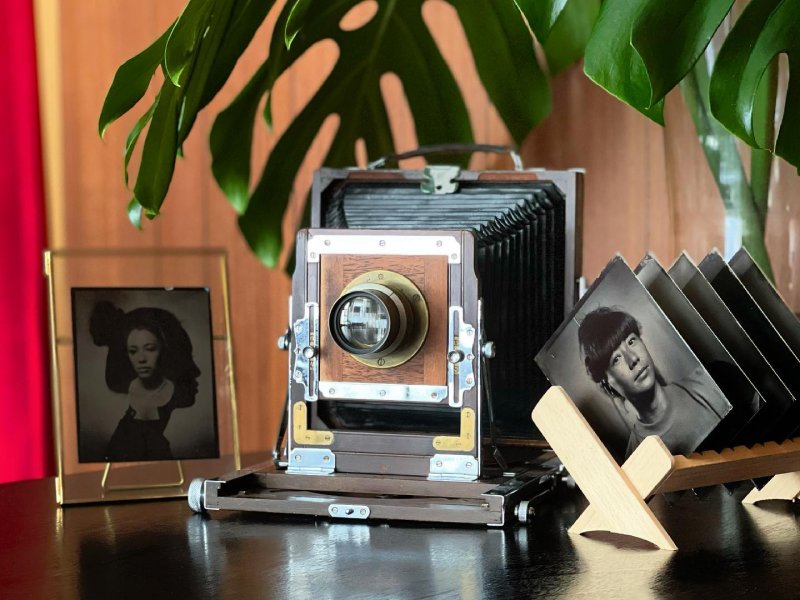 Founder and photographer Ryan Lee captures beautiful portraits in his daily work. (Credit: Hip Xiong Photo Studio’s Facebook page)
Founder and photographer Ryan Lee captures beautiful portraits in his daily work. (Credit: Hip Xiong Photo Studio’s Facebook page)Below, we speak to Lee, to learn more about his inspiration in launching Hip Xiong Photo Studio a year ago, as well as the challenges in bringing back an old-school photographic process.

(Credit: Hip Xiong Photo Studio’s Facebook page)
How, and why did you get into wet-plate photography?
I wanted to bring back the charm of old photo studios of yesteryear as I noticed that they all seemed to have disappeared when I was trying to find one that could shoot my wedding pictures the way my parents shot theirs.
I toyed with the idea of shooting exclusively on film when deciding to open a place of my own but came to discover wet-plate photography. The developing time of wet-plate photography is much faster than film photography and customers can actually experience the entire darkroom process. Plus, tintypes shot using the wet-plate method are very detailed and archival and the image is formed by real silver.
This is something I actually wanted for myself, and wished that someone would do it in Singapore.
What can one expect from a trip to your studio? How should guests prepare themselves for a photo taking session?
What we are offering is a once in a lifetime opportunity. This method of photography predates film and not even our grandparents got the chance to have their portraits taken in this format.
It’s best to come dressed for the occasion—hair and makeup done and ready to go.
What do you love about your studio, Hip Xiong Photo Studio?
I love the fact that until today, I have yet to put up a signboard. That my shop remains humble, cosy and mysterious—what happens within the walls of my studio is seemingly unknown to passers-by.
Can you share some of the services and workshops you offer?
We typically do portraits but also conduct workshops where attendees can create their first tintypes from start to finish. Our most popular portrait photography service is our couple portrait session at $300.
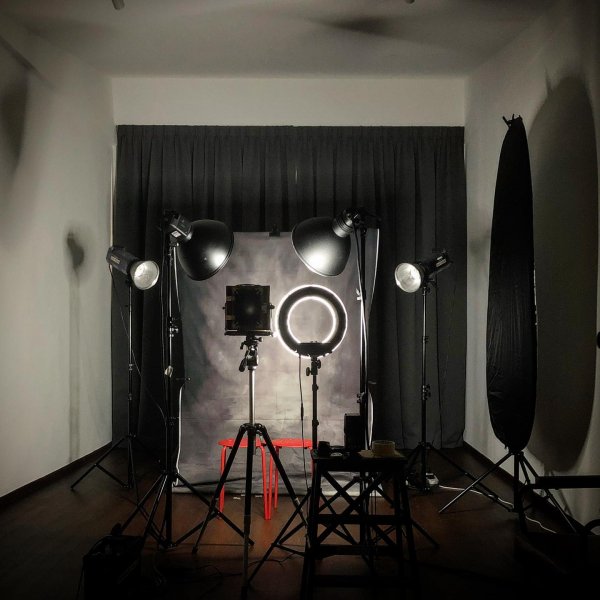
(Credit: Hip Xiong Photo Studio’s Facebook page)
Are there challenges in helming an old-school photography business? Can you share any?
I suppose with a business that is quite niche, educating your audience can be a challenge. I once had a reporter correct an article that mentioned images created using the wet-plate method produces low resolution and blurry images. The truth is that even with a good digital camera, an inexperienced photographer can still produce blurry images, so it has nothing to do with the medium.
Another challenge is keeping my complacency at bay. I have to constantly think about how I can add more value to what my customers are paying for and find ways to improve and expand our offerings.
Would you consider your concept of bringing back old-school photography a way of modernising old photography techniques?
Ultimately what we want to arrive at is an authentic piece of photographic history. Without sounding too technical, the modern elements like studio lights or safer chemicals were all developed for modern-day use but they hardly affect the authenticity of the final outcome.
Can you share a little about your career and how your previous experiences might have helped you run Hip Xiong?
My entire career prior to starting Hip Xiong was in the creative field. It spans close to 20 years in the industry. I think the most valuable thing I have gained from my experience is empathy, it’s probably one of the most overlooked traits and I cannot stress how much it has helped me navigate some really tough decisions.
Check out Hip Xiong Photo Studio here.



